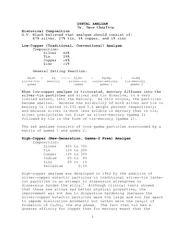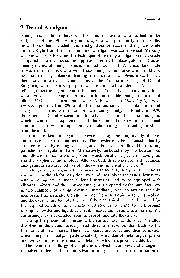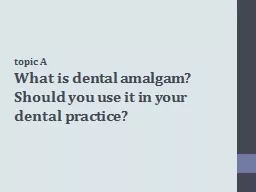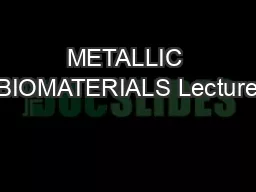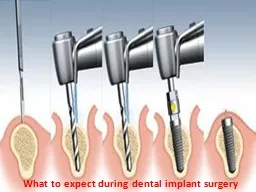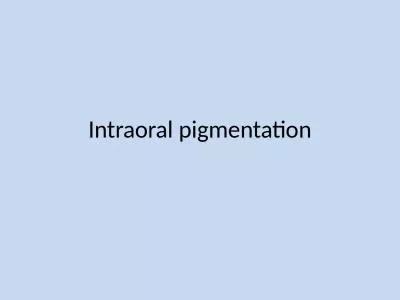PDF-DENTAL AMALGAM Historical Composition G
Author : lindy-dunigan | Published Date : 2015-04-27
V Black believed that amalgam should consist of 67 silver 27 tin 5 copper and 1 zinc LowCopper Traditional Conventional Amalgam Composition Silver 60 Tin 29 Copper
Presentation Embed Code
Download Presentation
Download Presentation The PPT/PDF document "DENTAL AMALGAM Historical Composition G" is the property of its rightful owner. Permission is granted to download and print the materials on this website for personal, non-commercial use only, and to display it on your personal computer provided you do not modify the materials and that you retain all copyright notices contained in the materials. By downloading content from our website, you accept the terms of this agreement.
DENTAL AMALGAM Historical Composition G: Transcript
Download Rules Of Document
"DENTAL AMALGAM Historical Composition G"The content belongs to its owner. You may download and print it for personal use, without modification, and keep all copyright notices. By downloading, you agree to these terms.
Related Documents

